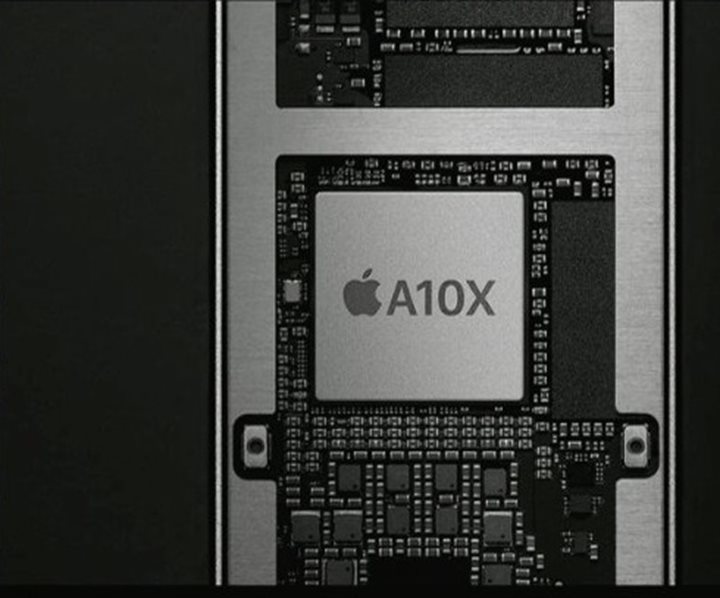
When thinking about tech products, most of us consider its basic functionings, such as battery life, graphics, robustness, and usability. We usually don’t think about the hardware, but hardware is essential in improving all the functionings we find essential in technologies like laptops, tablets, and smartphones.
As such, Apple (NASDAQ:$AAPL) has just recently announced new versions of its iPad Pro tablets — powered by a new chip called the A10X Fusion.
What does the chip do, and what does this mean for the latest iPad Pro Models?
It’s basically the A10, but bigger (and so, arguably, better)
Like most of Apple’s A-series processors, the A10X includes high-performance processor cores and high-efficiency cores. The cores are mostly the same as the A10 chip that has been used to power the iPhone 7 and iPhone 7 Plus, except the A10X has three high-performance processor and high-efficiency cores, whereas the A10 only has two of each type of core.
When it comes to graphics cores, the A10X exceeds all expectations with 12 of them — double the amount found in A10. The A9X, which can be found in the last generation of iPad Pros, also have 12 graphics cores, however Apple noted that the A10X delivers 40% better graphics performance than the A9X. Additionally, processor performance is up about 30% in the A10X when compared to the A9X.
Smart Design Decisions
The A10 chip has been one of the most robust smartphone chips that exists today, and has done an exceptional job in powering the iPhone 7 and iPhone 7 Plus, so it makes sense for the A10X to be formed from the basis of the A10. This is especially true if you consider the fact that the use of the iPad Pro is typically more CPU and graphics intensive than that of the iPhone 7 and iPhone 7 Plus.
As such, the A10X will need to drive displays that refresh contents at 120 times per second, while the A10 will only need to drive displays that refresh 60 times per second. Adding on to that, the A10X will need to drive the displays to be at a higher resolution than the A10. Besides graphics, the iPad functions in such a way that allows for more aggressive multitasking than the typical iPhone. With the upcoming iOS 11 release, the newly released iPad Pro would need to support higher and more robust multitasking.
It’s no surprise, then, that the A10X has a much faster graphics processor (for better graphics) as well as additional high-performance and efficiency cores (to work with potential increased workload due to multitask functionings).
Glimpsing in the future of the iPad
Apple is trying incredibly hard to evolve the iPad beyond a simple tablet, but more as a device that can replace the traditional laptop. This is seen from both the A9X chip and the A10X chip: these chips are not just aimed to be the best-in-class tablet processor, but the best-in-class computer processor as well. Apple has made several points of this by highlighting the new iPad Pro models to be more robust in functionings than most PC laptops.
Given the performance levels of the A9X and the A10, chances are the A10X will support Apple’s marketing claims — so much aso that the iPad Pro could very well take over the traditional personal laptop market in the upcoming future.
Featured Image: twitter.com












